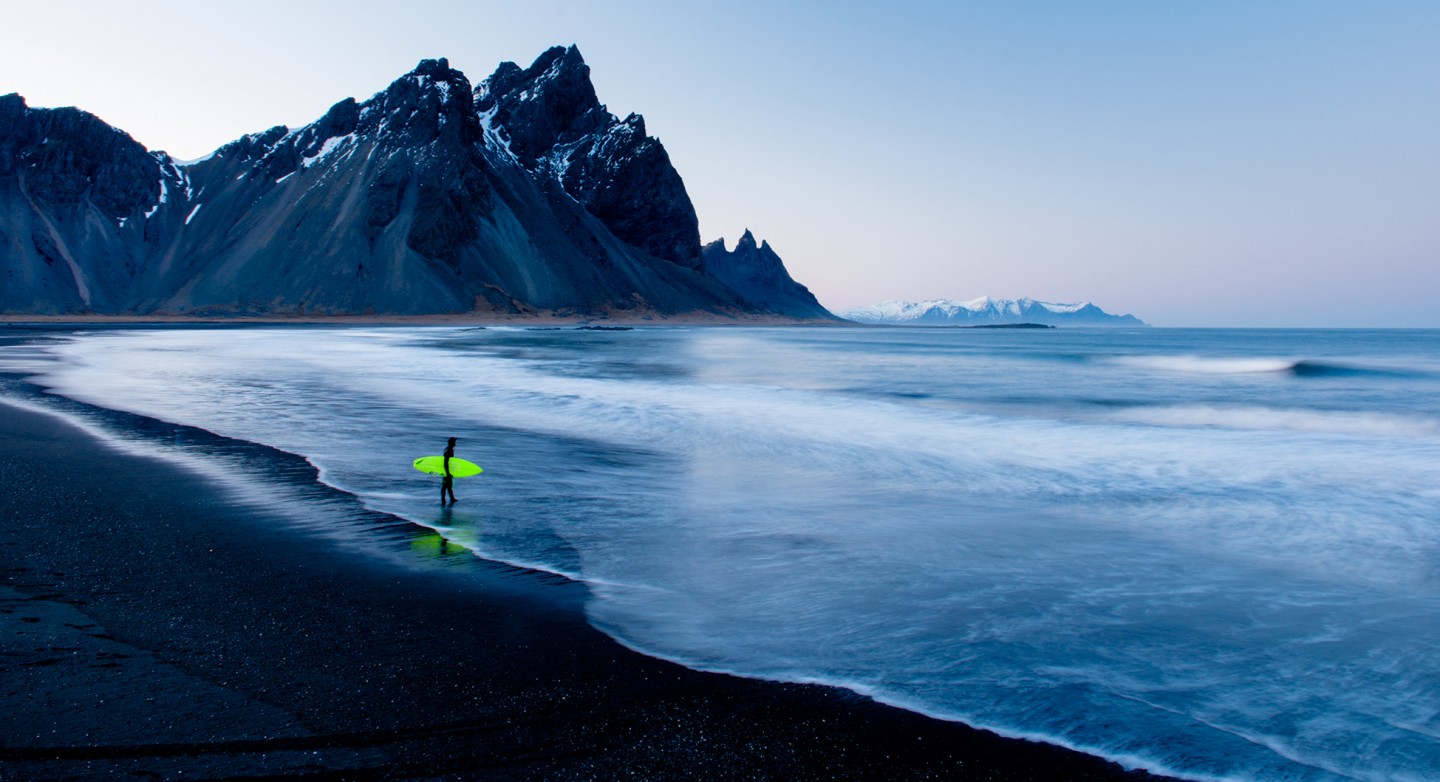
Philip Pullman’s His Dark Materials trilogy presents a chilling version of this world in its depiction of Cittàgazze, a city whose adults have all been stolen away. Think of The Lion, the Witch and the Wardrobe, The Railway Children, or Charles Schulz’s Peanuts. For the most part the young adventurer sets forth equipped only with the fragmentary map-marked here there be tygers and mean kid with air rifle-that he or she has been able to construct out of a patchwork of personal misfortune, bedtime reading, and the accumulated local lore of the neighborhood children.Ī striking feature of literature for children is the number of stories, many of them classics of the genre, that feature the adventures of a child, more often a group of children, acting in a world where adults, particularly parents, are completely or effectively out of the picture. Childhood is, or has been, or ought to be, the great original adventure, a tale of privation, courage, constant vigilance, danger, and sometimes calamity. People read stories of adventure-and write them-because they have themselves been adventurers. We have this idea of armchair traveling, of the reader who seeks in the pages of a ripping yarn or a memoir of polar exploration the kind of heroism and danger, in unknown, half-legendary lands, that he or she could never hope to find in life. But I think there is another, deeper reason for the reliable presence of maps in the pages, or on the endpapers, of an adventure story, whether that story is imaginatively or factually true. Every adventure story is conceivable only with reference to the particular set of geographical features that in each case sets the course, literally, of the tale. That’s because every story of adventure is in part the story of a landscape, of the interrelationship between human beings (or Hobbits, as the case may be) and topography. Most great stories of adventure, from The Hobbit to Seven Pillars of Wisdom, come furnished with a map. It captured perfectly the mental maps of their worlds that children endlessly revise and refine. Between mother and son lay the hazards -labeled angry dogs, roving gang of hooligans, girl with a crush on bongo-of any journey through the Wilderness: deadly animals, antagonistic humans, lures and snares. At the other stood his mother, about to blow her stack-Bongo was late for dinner again. At one end of a street that wound among yards and houses stood Bongo, the little one-eared rabbit boy. Matt Groening once did a great Life in Hell strip that took the form of a map of Bongo’s neighborhood. I knew the locations of all my classmates’ houses, the number of pets and siblings they had, the brand of popsicle they served, the potential dangerousness of their fathers. On it I covered the neighborhood in a regular route for half a mile in every direction.

Anywhere, in short, I could reach on my bicycle, a 1970 Schwinn Typhoon, Coke-can red with a banana seat, a sissy bar, and ape-hanger handlebars. I could lose myself on vacant lots and playgrounds, in the alleyway behind the Wawa, in the neighbors’ yards, on the sidewalks. My friends and I spent hours there, braves, crusaders, commandos, blues and grays.īut the Wilderness of Childhood, as any kid could attest who grew up, like my father, on the streets of Flatbush in the Forties, had nothing to do with trees or nature. You could work it into your games, your imaginings, your lonely flights from the turmoil or torpor of your life at home. And when you went out into those woods behind our house, you could feel all that history, those battles and dramas and romances, those stories. Gone but for their lovely place names: Patapsco, Wicomico, Patuxent.Ī minor but undeniable aura of romance was attached to the history of Maryland, my home state: refugee Catholic Englishmen, cavaliers in ringlets and ruffs, pirates, battles, the sack of Washington, “The Star-Spangled Banner,” Harriet Tubman, Antietam. Swift, straight-shooting, silent as deer. There were no Indians in those woods, but there had been once.
#GROWING UP WILDERNESS WINDOWS#
It was the place into which the bad boys fled after they egged your windows on Halloween and left your pumpkins pulped in the driveway.

Scary things could still be imagined to take place in those woods. In the winter they lay deep in snow and seemed to absorb, to swallow whole, all the ordinary noises of your body and your world.

They were tame as can be, our woods, and yet at night they still filled with unfathomable shadows. This was in a Maryland city where the enlightened planners had provided a number of such lingering swaths of green. When I was growing up, our house backed onto woods, a thin two-acre remnant of a once-mighty wilderness. Illustration by Maurice Sendak for the Los Angeles Opera’s production of Mozart’s Idomeneo, 1989


 0 kommentar(er)
0 kommentar(er)
